Different Types of Tartans: Ancient, Hunting, Dress, Modern and Weathered
by Teresa Finn on Jun 20, 2025
Table of Content
Tartans are more than just colorful criss-cross patterns — they’re woven stories of identity, pride, and culture. Whether you’ve seen them on kilts, scarves, or even modern streetwear, Scottish tartans carry a legacy that stretches back centuries. However, did you know that there are different types of tartans, each with its unique history and purpose?
From traditional Scottish tartans tied to ancient clans, to contemporary patterns that reflect natural landscapes or military regiments, the world of different tartans is as rich as it is varied. If you’ve ever wondered what is tartan, what makes one tartan different from another, or how to choose the correct tartan pattern for yourself, you’re in the right place.
In this guide, we’ll explore the tartan meaning, the origins of Scottish tartans, the main tartan types, and how to confidently select a pattern that suits your heritage, your purpose, or simply your taste.
Scottish Tartan Meaning, Origins, Types
What is a Tartan?
A tartan is a patterned fabric made of crisscrossed horizontal and vertical bands in multiple colors. Traditionally woven from wool, tartans are now made from a variety of materials and used in fashion, decor, and ceremonial events. The threads follow a specific thread count that creates a unique design, known as a "sett", forming the basis for recognisable tartan names and colours across generations.
What makes tartans special is their meaning. Each pattern often represents a Scottish clan, region, military regiment, or even a commemorative event. Today, tartans symbolize both familial pride and broader Scottish identity, which is widely embraced worldwide.
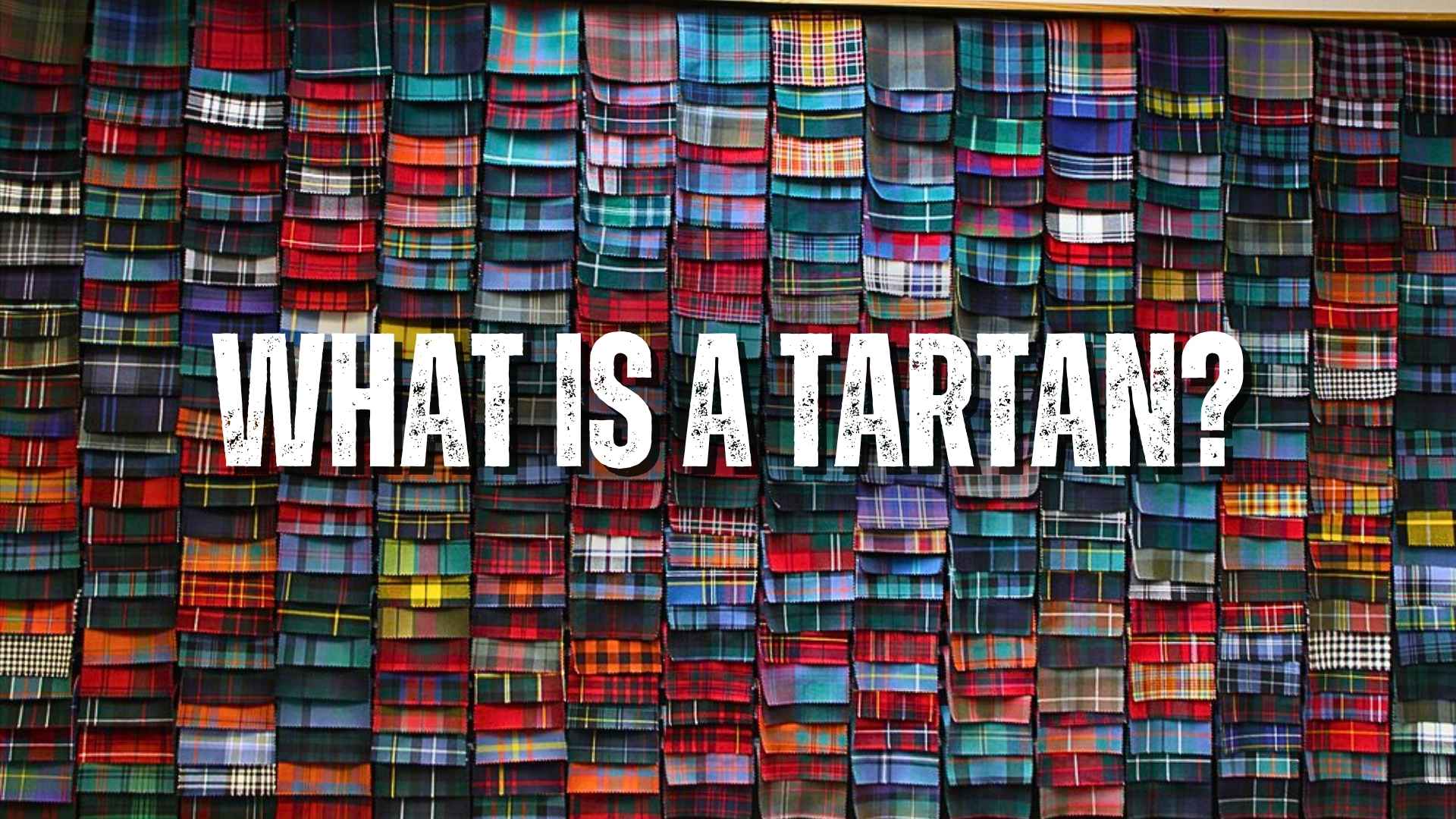
The Origins of Scottish Tartan, and Colours
The history of tartans stretches back centuries. Early examples date to the 3rd century AD, found in Falkirk, Scotland. However, tartan’s golden era began in the 16th century, when Highlanders adopted it as their regional dress. These early patterns were usually tied to local dye sources rather than clan identity.
In the 18th century, tartans became a symbol of political significance. The Dress Act of 1746 banned Highland dress after the Jacobite rising. Once repealed, tartans were revived as romantic symbols of Scottish patriotism, most famously during King George IV’s 1822 visit to Edinburgh and Queen Victoria’s love affair with Balmoral.
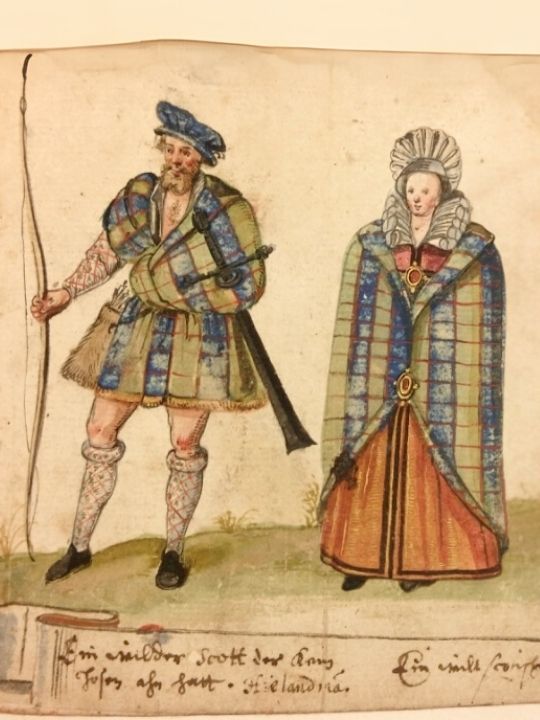
Today, over 7,000 tartans of Scotland are officially registered in the Tartan Register of Scotland, ranging from traditional tartans to modern reinterpretations.
The 5 Main Types of Tartans
Each type of tartan carries its own unique story, weaving together a rich tapestry of meaning, history, and visual style. Here's a breakdown of the five major categories. Understanding the different types of tartans helps you choose one that suits your heritage or personal style.
1. Ancient Tartans
Ancient tartans replicate the original dyes and muted tones used by Highlanders centuries ago. These feature softer colors — think faded greens, light blues, and earthy browns. Woven to imitate natural dyes, ancient tartans evoke the historic look of traditional Scottish attire that predated the introduction of modern chemical dyes.
They are especially popular among historical reenactors or those who appreciate a vintage aesthetic.
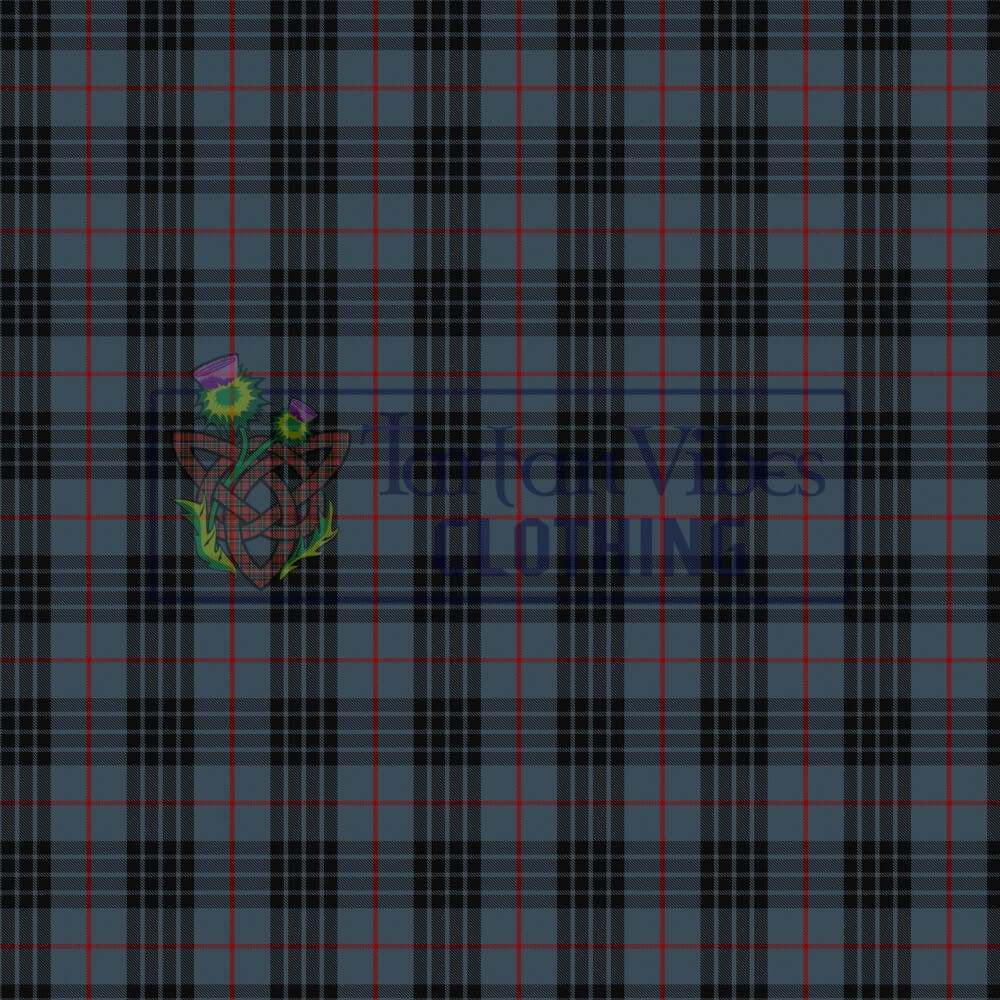
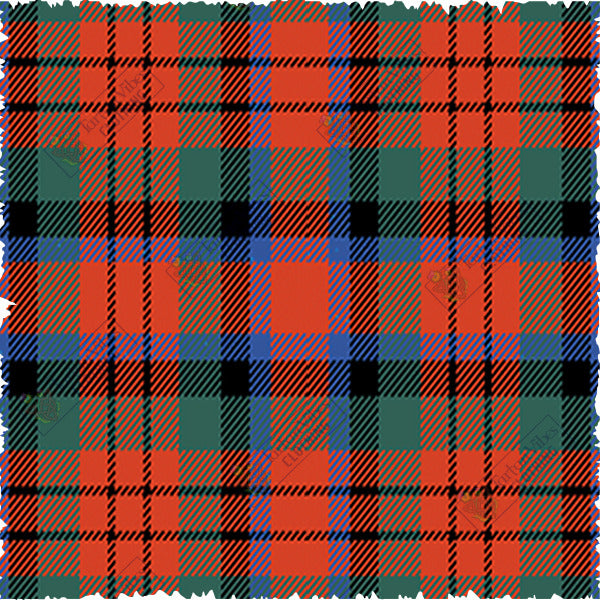

2. Modern Tartans
In contrast, modern tartans are vivid and bright, taking full advantage of today's chemical dyes. They often showcase bold greens, rich blues, deep reds , and crisp black lines. If you're buying a kilt or scarf today, it's in a modern sett.
Modern tartans are ideal for formal events and make a striking statement in contemporary Highland fashion.


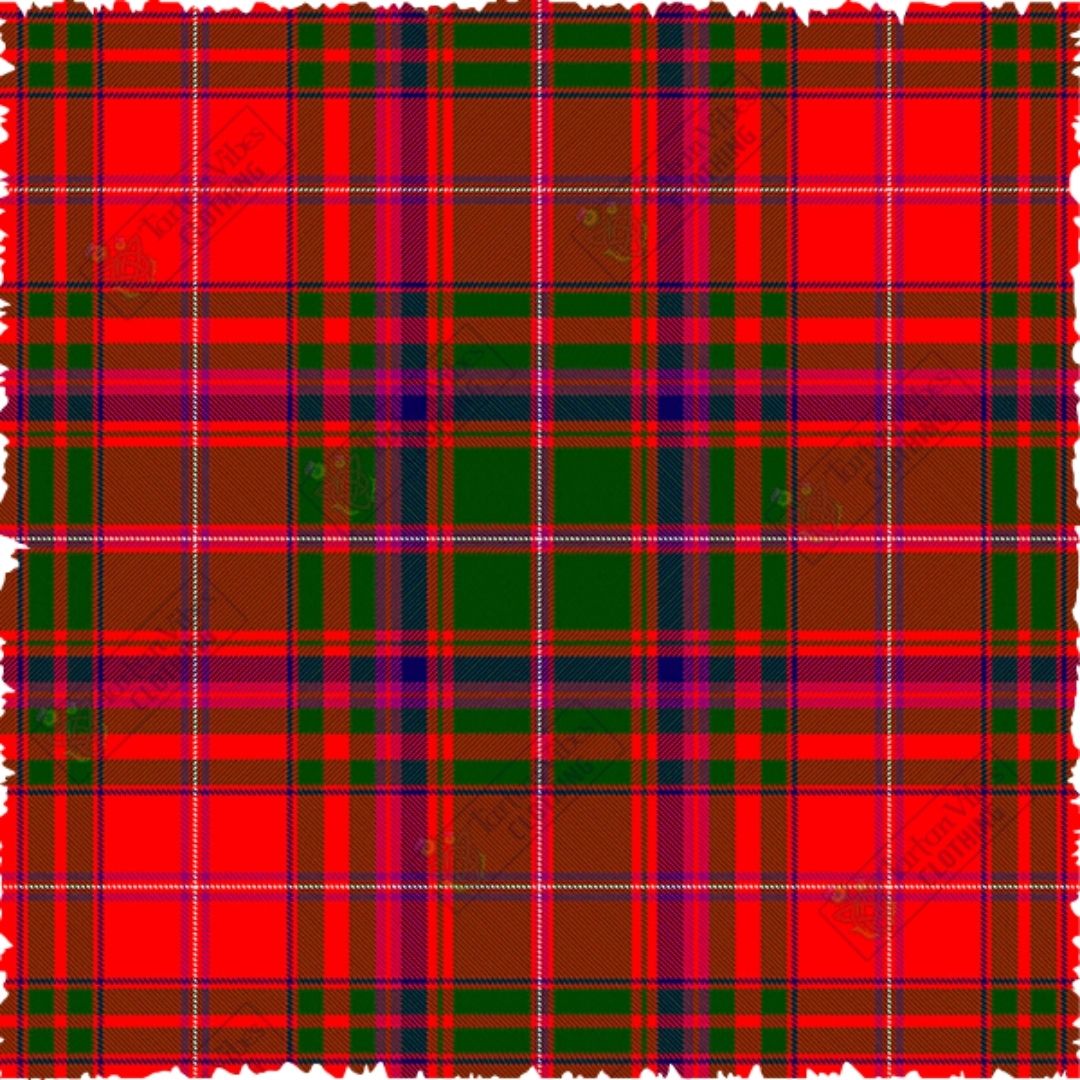
3. Hunting Tartan
As the name suggests, hunting tartans were designed for stealth. These usually feature dark greens, blues, and browns — ideal for blending into woodland surroundings. While they may represent a clan, they serve a functional purpose and are often chosen as alternatives for clans whose main tartan is too bright.
If you're seeking a more subdued or masculine look, hunting tartans offer timeless elegance.
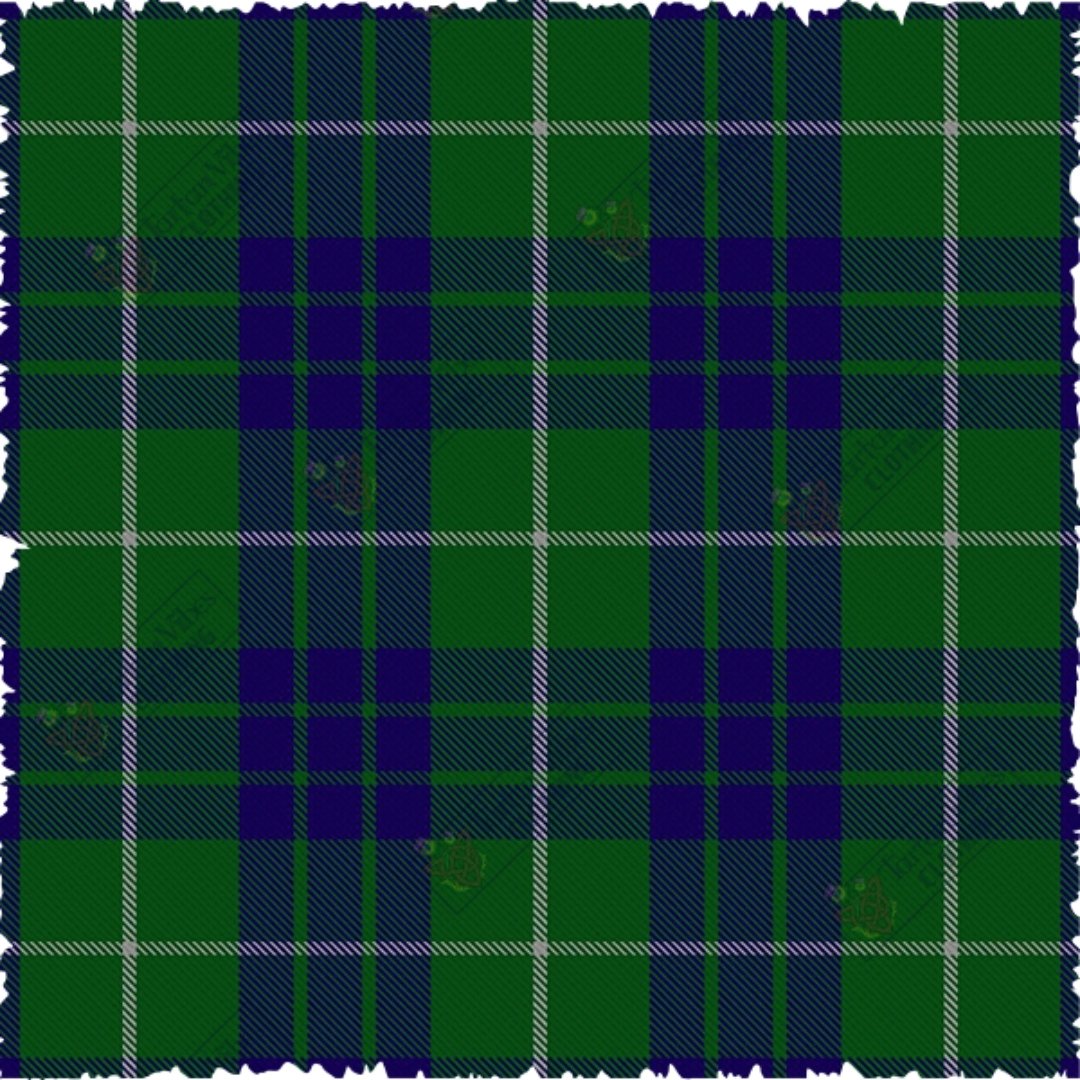
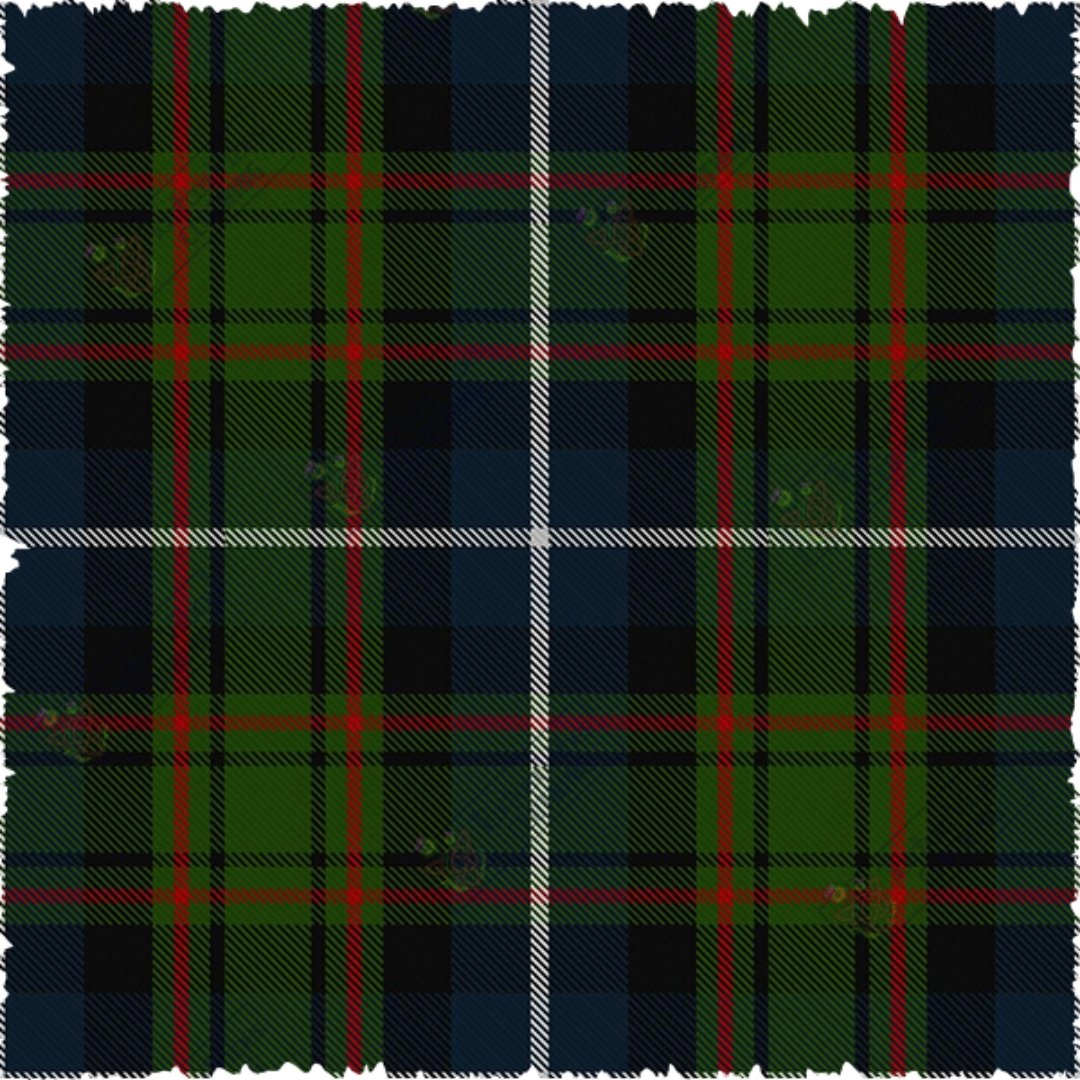

4. Dress Tartan
Dress tartans are lighter and more festive, often featuring white or light backgrounds. Initially worn by women and children during special occasions, today they are used for weddings, balls, or Highland dance costumes.
They reflect a celebratory spirit and are commonly used in accessories and sashes.
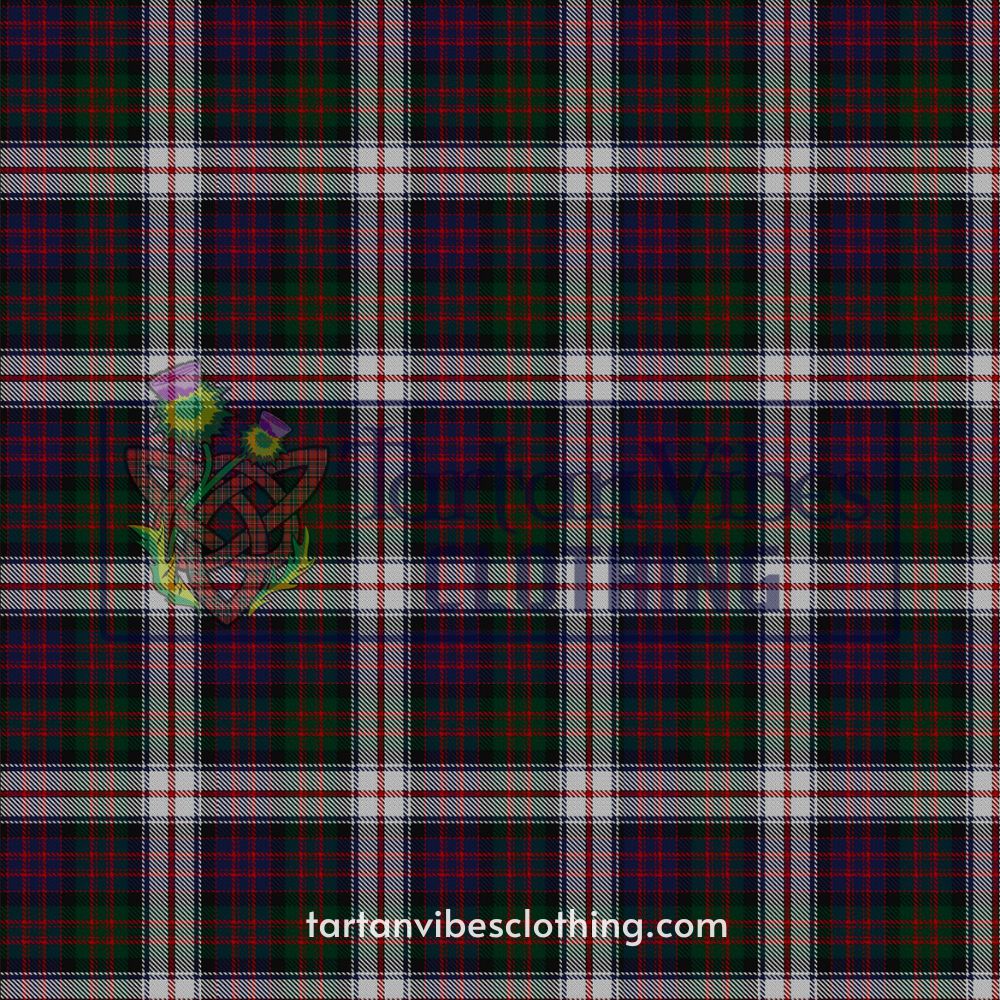


5. Weathered Tartan
Also known as muted or reproduction tartans, weathered tartans replicate the appearance of old, faded cloth that has been exposed to the elements. These use greys, stone tones, and washed-out versions of classic colors, reflecting a rustic Highland style.
Weathered tartans are one of the most distinctive types of tartans, ideal for those who love vintage vibes or want a fabric that reflects Scotland’s rugged past.
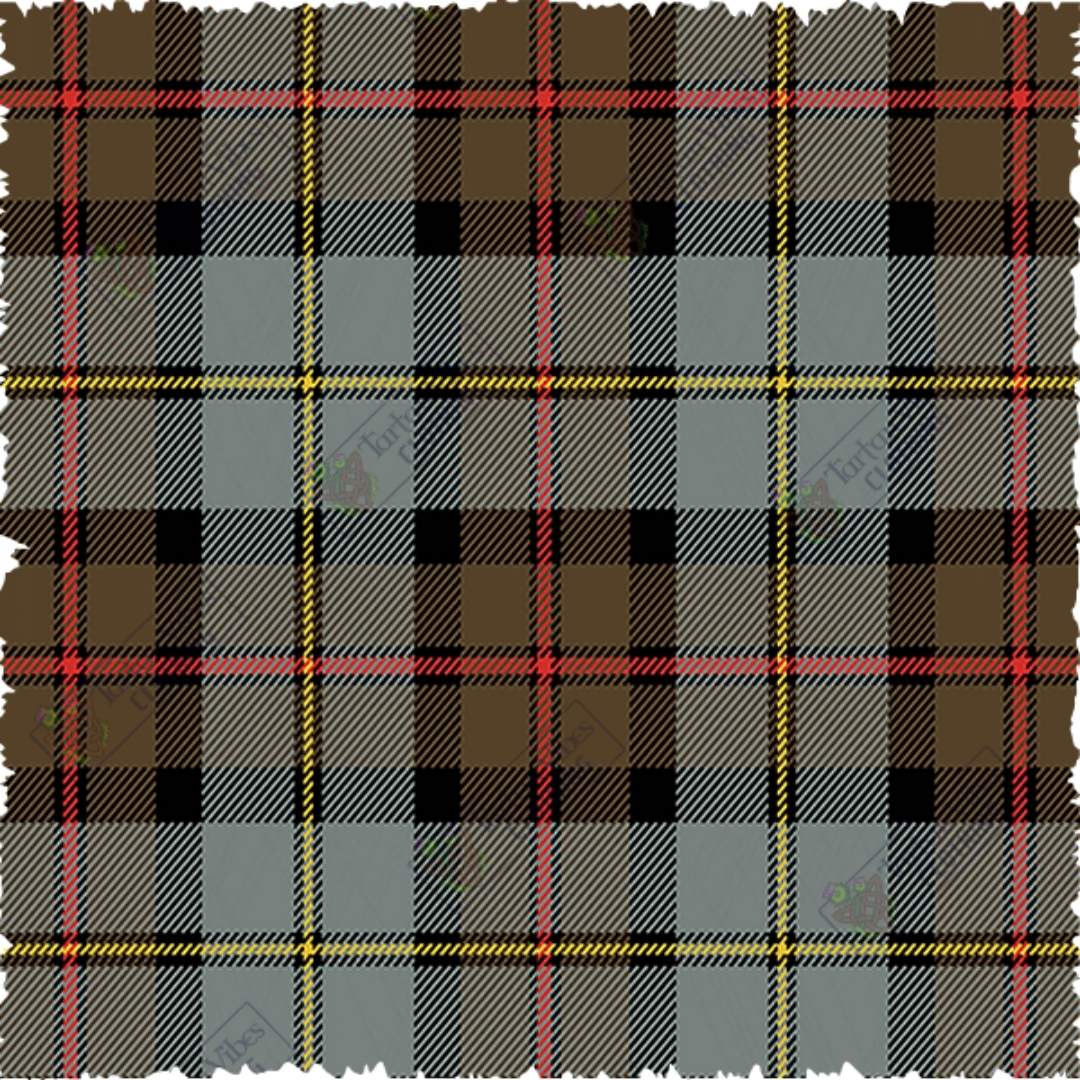
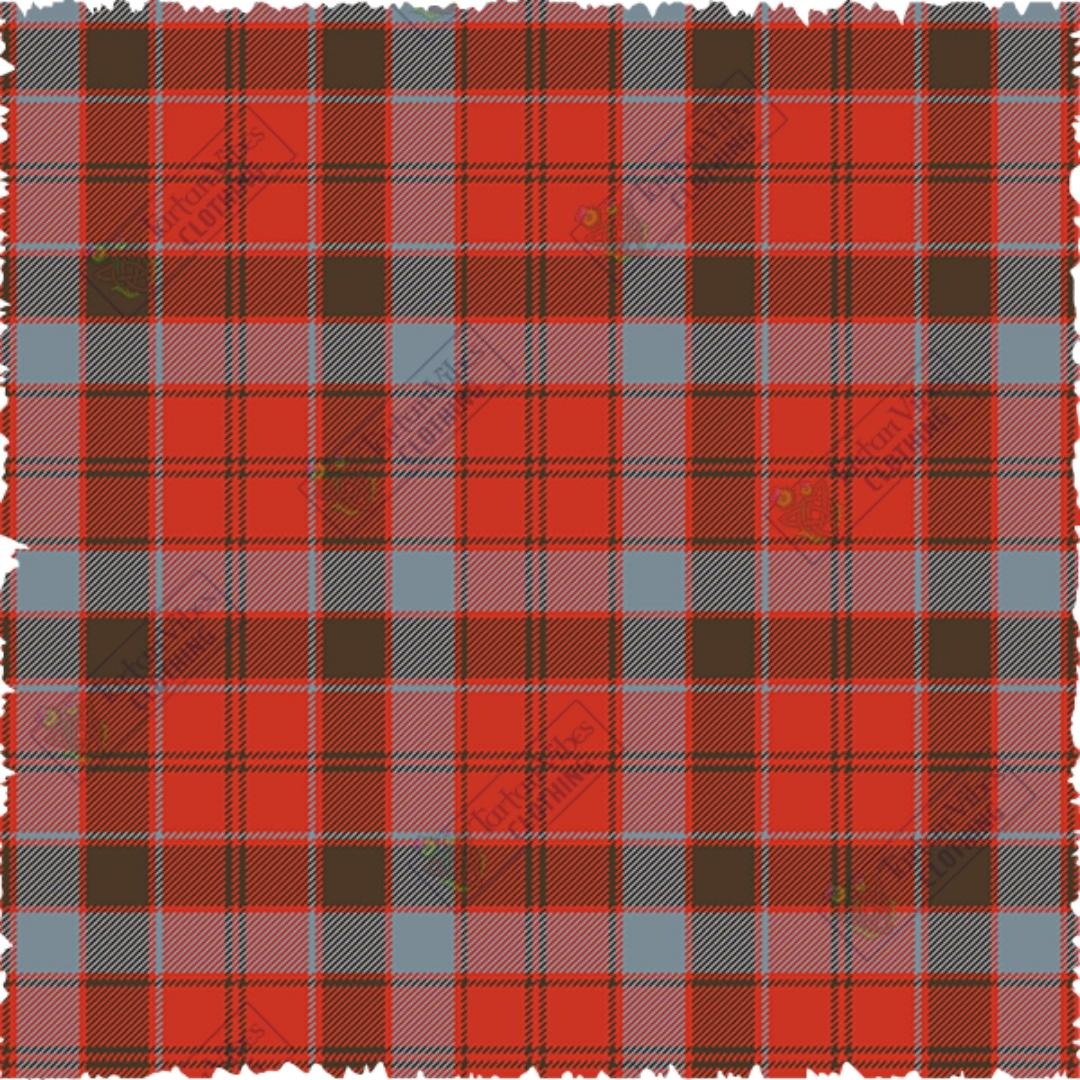
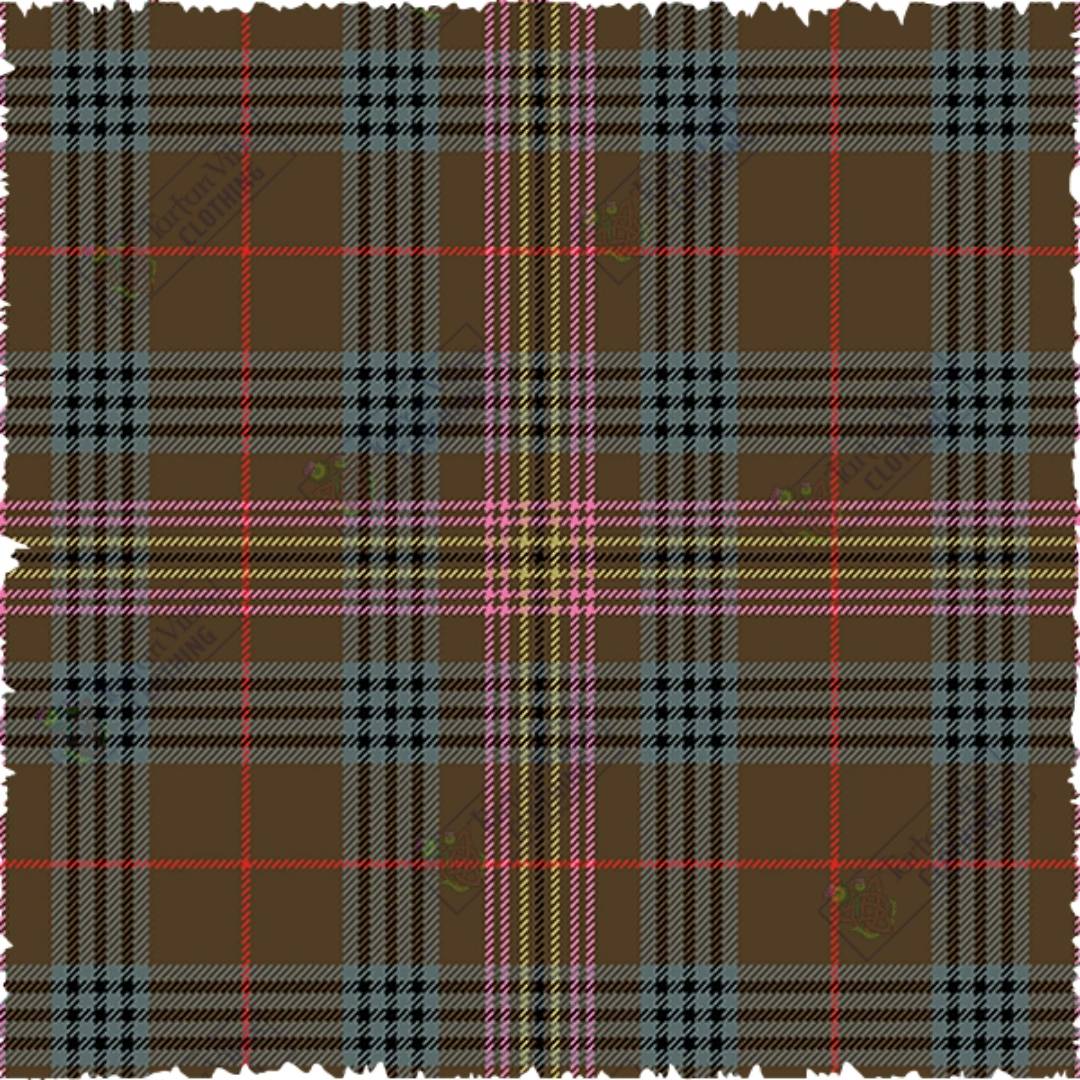
Key Differences Between Tartan Types
Differences between Types of Tartans
To make it easier, we’ve compiled a comparison table that highlights the unique characteristics of each tartan type, including its appearance, usage, and overall vibe.
Tartan Type |
Color Intensity |
Purpose |
Audience |
Mood |
Ancient |
Faded |
Traditional use |
Historical contexts |
Nostalgic |
Modern |
Vibrant |
General use |
Everyday wear |
Lively |
Weathered |
Stonewashed |
Traditional wear |
Heritage fashion |
Nostalgic |
Hunting |
Earth tones |
Camouflage |
Outdoors & regiments |
Subtle, natural |
Dress |
Bright & elegant |
Ceremonial wear |
Weddings, events |
Festive, lively |
When and Where are Tartans used?
- In Fashion: From kilts and scarves to tartan trousers and skirts, these patterns dominate both traditional and streetwear scenes.
- In Events: Scottish weddings, clan gatherings, and Highland Games are prime opportunities for showcasing family tartans or formal designs.
- Home Decor: Tartan blankets, curtains, and pillows bring the warmth and character of Scottish tartan patterns into your space.

Symbolism and Meaning in Types of Tartans
Tartans are visual shorthand for heritage, loyalty, and belonging. Each tartan carries its own story — whether it’s the famous Clan MacDonald red and green, the royal Stewart tartan, or a military sett worn by Highland regiments.
Some patterns are even symbolic of professions, commemorative events, or national identity — like the Scottish National Tartan, the US Bicentennial Tartan, or the Tartan for Palestine.
The cultural significance of Scottish tartans has grown globally, becoming icons not only of Scotland but also of diaspora pride.
Choosing the Right Tartan for You
Based on Clan Affiliation
If you have Scottish ancestry, start by identifying your family’s clan name. From there, you can choose the clan tartan (or tartans) registered to that name. Many clans have multiple versions: modern, ancient, hunting, and dress. Wearing your clan tartan is a powerful way to honor your roots.
Resources like the Tartan Register of Scotland or clan websites can help you find your match.
Based on Purpose (Wedding, Fashion, History)
Choosing your tartan can be as meaningful as the occasion itself. Whether it's for a wedding, fashion, or heritage — there’s a perfect match among the many types of tartans available.
- Weddings: Dress tartans or elegant modern styles are perfect for formal ceremonies. Some couples even design a custom tartan to symbolize their love and lineage.
Fashion: Want a bold look for everyday wear? Modern tartans shine in scarves, ties, skirts, or trousers — letting you show off Scottish pride in style.
Heritage & History: For reenactments or cultural pride, ancient and weathered tartans offer a timeless, authentic vibe — perfect for channeling Highland roots.

No Clan? You Can Still Wear a Tartan with Pride
Here’s the excellent news — you absolutely don’t need to belong to a Scottish clan to enjoy the beauty and cultural richness of tartans. In fact, many tartans were created without any clan affiliation at all and are meant to be worn proudly by anyone, whether you’re of Scottish descent or admire the heritage and design.
Several categories of tartans are considered universal or open for general use , making them perfect for those who don’t have a specific family connection but still want to participate in this timeless tradition.
Popular Non-Clan and Universal Tartans to Consider:
-
Black Watch Tartan
One of the most iconic tartans in Scottish history, Black Watch features deep green and navy tones. Originally worn by the British Army’s legendary Black Watch regiment, it’s a military tartan that isn’t tied to any one clan. Often called the Government Tartan, it symbolizes honor, service, and unity. Today, it’s widely worn by Scots and non-Scots alike — a universal tartan choice that feels both classic and contemporary.

-
Royal Stewart Tartan
Possibly the most famous tartan in the world, Royal Stewart was originally designed for Queen Victoria. Thanks to Sir Walter Scott, it was worn by King George IV during his iconic visit to Scotland, helping reintroduce tartan after centuries of suppression. Today, it’s commercially popular and widely worn — a symbol more of Scottish pride than monarchy.

-
Isle of Skye Tartan
Inspired by the misty mountains and natural charm of the Isle of Skye, this modern tartan blends purples, greens, and blues in soft harmony. It’s not tied to any clan, making it a favorite among nature lovers, romantics, and those drawn to Scotland’s poetic beauty.

-
Glen Coe Tartan
This tartan is a tribute to the dramatic Glen Coe valley — one of the most breathtaking places in the Scottish Highlands. With colors drawn from moss, stone, and Highland mist, it honors nature and spirit over family lines. A perfect choice for those who feel a deep emotional or spiritual bond with Scotland.
-
Caledonia Tartan
Named after the ancient Latin word for Scotland, Caledonia Tartan is a national-style tartan that honors Scottish heritage as a whole. With bold yet balanced color contrasts, it’s a timeless design dating back to the 18th century. As a universal tartan, it’s perfect for anyone who wants to express love for Scotland — with or without clan ties.

-
Highland Granite Tartan
Inspired by the rugged route from Perth to Inverness, this tartan captures the strength and serenity of Scotland’s granite hills. With tones mirroring stone, mist, and Highland terrain, it's perfect for anyone drawn to the landscape rather than lineage. A solid pick for those without strong clan ties but with a deep love for the Highlands.
-
Scotland Forever Tartan
Named after the famous battle cry at Waterloo, this bold modern tartan was made for everyone — whether or not you have Scottish roots. Worn as a symbol of unity and pride, it reflects the spirit of regiments like the Scots Greys and the Cameron Highlanders. Wherever you are in the world, this tartan lets you say it loud: Scotland Forever!
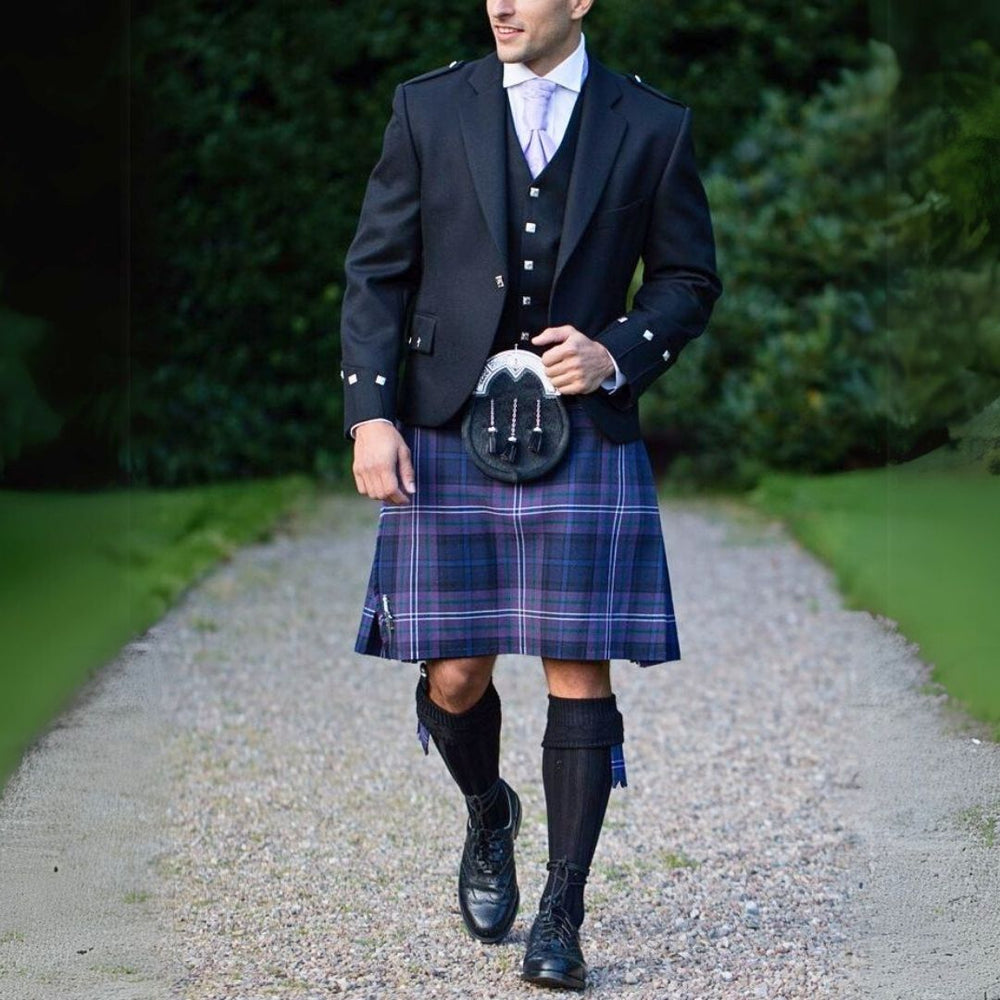
-
Any Tartan You Love
Last but not least, Scottish tradition is welcoming. You don’t need a clan name to wear tartan — just a connection in your heart. Choose a tartan that speaks to you, whether it’s for the design, the story, or the feeling it gives. From universities to cities, from corporate to custom-made, tartans are for everyone.
Want to Make It Personal? Register Your Tartan
If you’d like something uniquely yours, you can even create and register your tartan through the official Scottish Register of Tartans. Whether it’s for a family, business, wedding, or just personal pride, custom tartans allow you to contribute to this living tradition.
To register:
Your design must follow the official sett structure (the crisscrossing pattern).
You’ll need to provide a background, a name, and a reason for your tartan.
Once accepted, it becomes part of Scotland’s national archive, preserved forever.
So, clan or no clan — you belong in tartan. Let it represent your admiration, your journey, or even your creativity.
👉 Discover authentic Scottish tartan styles at Tartan Vibes Clothing – wear your roots with pride!
Conclusion
Understanding the types of tartans opens a window into a deep cultural tradition — one that blends history, identity, symbolism, and aesthetics. Whether you're wearing a Scottish clan tartan, a universal sett, or exploring the differences between ancient and modern tartans, every thread tells a story.
So, whether you're Scottish by blood or spirit, there's a tartan for you — ready to be worn with pride.
Alba gu bràth!
Frequently Asked Questions
What are the different types of tartans?
The five main types of tartans are Ancient, Modern, Hunting, Dress, and Weathered. These styles vary in color intensity and purpose. Tartans may also combine styles, such as "Fraser Hunting Ancient" or "MacDonald Dress Modern".
What tartan can non-Scots wear?
Non-Scots can proudly wear universal tartans or non-clan tartans like Black Watch, Isle of Skye, Highland Granite, and Scotland Forever. These tartans are open to anyone, regardless of ancestry, and symbolize unity, nature, or national pride.
What is the most famous tartan?
The Royal Stewart Tartan is the most famous tartan in the world. Associated with the Royal House of Stewart, its bold red background with green and blue stripes has become an iconic symbol of Scottish identity and royal heritage.
Are tartans still banned in Scotland?
No, tartans are no longer banned. The Dress Act of 1746, which outlawed Highland dress after the Jacobite uprising, was repealed in 1782. Since then, tartan has become a proud symbol of Scottish culture and heritage.
Are Scottish and Irish tartans the same?
Scottish tartans represent clans and surnames, while Irish tartans are typically linked to counties or regions. Scotland has over 7,000 registered tartans, while Ireland's tartans are fewer and more focused on geography than family lineage.











